It’s a sound you’re all too familiar with – the relentless trickle of water in your toilet that interrupts the quiet of your home. A running toilet is not just a nuisance; it’s a water waster that can inflate your water bill. But don’t panic! With the right knowledge on how to fix a running toilet and a bit of elbow grease, you can become the hero of your home by fixing it yourself.
Key Takeaways
- Diagnose the problem and inspect components such as the flapper, fill valve, and float mechanism for signs of wear or damage.
- Follow step-by-step repair instructions to clean/replace parts like the flapper or flush valve assembly.
- Maintain your toilet regularly by using natural cleaning products and recognizing when professional help is needed.
Diagnosing Your Running Toilet
Imagine trying to fix a car without knowing what’s wrong with it. You wouldn’t blindly replace parts without first diagnosing the problem, would you? The same principle applies to fixing a running toilet. The culprit behind the constant trickle could be a faulty flush valve flapper, a malfunctioning fill valve, or an issue with the overflow tube. Understanding these components and how they interact is the first step to silence that maddening trickle.
Before you start your repair, take a moment to familiarize yourself with these components. The flush valve flapper, fill valve, and overflow tube are like the heart, lungs, and arteries of your toilet. When they function properly, you enjoy a quiet and efficient toilet. But when they fail, you’re faced with a constantly running toilet that can significantly increase your water bill. It’s time to understand these important components in your toilet tank and learn the inspection process.
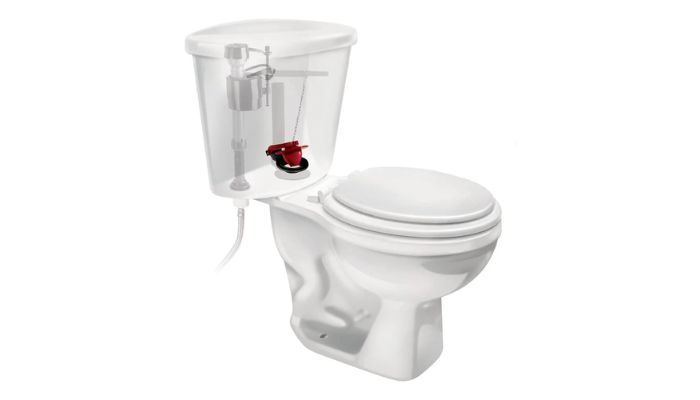
Inspecting the Flush Valve Flapper
Think of the toilet flapper as the heart of your toilet. It opens and closes, controlling the flow of water from the tank to the toilet bowl. But like a heart, it can malfunction. A worn-out, warped, or dirty flapper can lead to a running toilet by allowing water to seep through, leading to a constant refill cycle.
Wondering how to inspect the flapper? It’s as easy as turning off the water supply and emptying the tank. With your gloves on, you can then examine the flapper, checking for any signs of wear or dirt. But remember, not all flapper issues are visible. Sometimes, a seemingly perfect flapper might be the cause of your running toilet. In such cases, replacing the flapper might be the best course of action.
Examining the Fill Valve and Water Level
Next up is the fill valve, the lungs of your toilet. It regulates the water flow into the tank from the main water supply. But what happens when your toilet’s lungs aren’t functioning properly? You’re left with a running toilet.
Wondering how to assess the fill valve and water level? First, observe the water level in the tank. It should be below the overflow tube and the top of the fill valve. If the water level is too high, it might be due to a faulty fill valve. In such cases, adjusting or replacing the fill valve might solve the problem.
Checking the Overflow Tube and Float Mechanism
Last but not least, we have the overflow tube and float arm mechanism, along with the float ball, the arteries of your toilet. They regulate the water level in your tank, preventing overflows and ensuring your toilet flushes properly. However, a malfunctioning float arm or an incorrectly set overflow tube can lead to a running toilet.
Checking the overflow tube and float mechanism involves observing the water level in your tank. If it’s too high and water is flowing into the overflow tube, you might need to adjust the float. On the other hand, if the overflow tube is too short, it might be causing continuous water flow into the toilet bowl. In such cases, replacing the flush valve assembly, which includes the overflow tube, might be necessary.

Step-by-Step Repair Instructions
Having identified the potential causes, we can now proceed to fix them. The thrill of a successful DIY repair is incomparable, not to mention the money you save by not calling a plumber. Now, let’s move on to the detailed repair instructions. Remember, the key to a successful repair is patience and attention to detail.
Whether the problem lies with the flapper, the fill valve, or the overflow tube, we’ve got you covered. We will now walk you through the resolution of each of these issues. So grab your toolkit and let’s get started!
Addressing Flapper Issues
A faulty flapper can be the source of your running toilet woes. But don’t worry, addressing flapper issues is relatively straightforward. You might need to clean or replace the flapper, or adjust the chain length.
To clean the flapper, you simply need to turn off the water supply, drain the tank, and clean the flapper using an old toothbrush or a scouring pad. If cleaning doesn’t solve the problem, replacing the flapper might be necessary. Choose a flapper that matches the size and brand of your toilet, and install it in place of the old one. And voila! You’ve just fixed your running toilet.
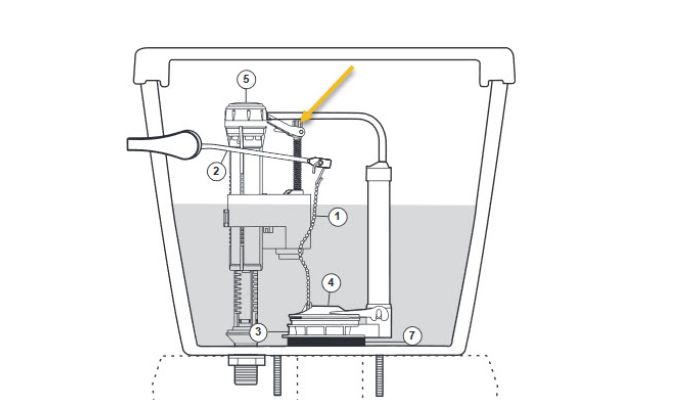
Adjusting the Fill Valve
If a faulty fill valve is causing your toilet to run, don’t fret. Adjusting or replacing the fill valve is a fairly simple process. All you need are a few essential tools and a new fill valve if necessary.
Start by turning off the water supply and draining the toilet tank. Then, follow these steps:
- Detach the water supply line.
- Loosen the fill valve assembly by unscrewing the flush valve nut and the locking nut.
- If you’re replacing the fill valve, remove the old one and install the new one, ensuring the height is adjusted correctly.
- If you’re simply adjusting the fill valve, check the fill valve and float cup, and make any necessary adjustments.
Finally, turn the water back on and check for any leaks. Congratulations, you’ve successfully adjusted your fill valve!
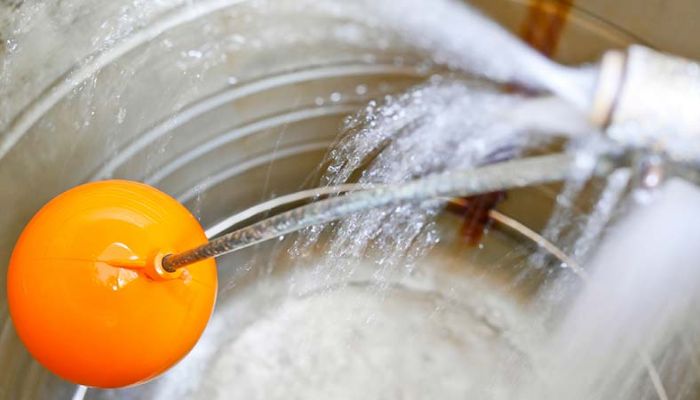
Fixing Overflow Tube Problems
Overflow tube problems can also lead to a running toilet. If the overflow tube is too short or causing continuous water flow, replacing the flush valve assembly, which includes the overflow tube, might be the solution.
To fix overflow tube problems in your toilet, follow these steps:
- Turn off the water supply and remove the toilet tank.
- Detach the tank bolts and remove the old flush valve, as well as the tank to bowl gasket.
- Install a new flush valve that is compatible with your toilet and has a taller overflow tube, along with a new tank to bowl gasket.
- Check for any leaks or improper functioning.
Voila! You’ve successfully fixed your overflow tube, fill tube, and tank lid problems.
Preventative Measures and Maintenance Tips
While repairing a running toilet is necessary, preventing the issue from arising is preferable. Regular maintenance can save you a lot of time and money in the long run. Plus, it can extend the life of your toilet components and ensure your toilet operates efficiently.
We will now provide guidelines on regular cleaning and inspection, along with tips on how to avoid harmful chemicals. After all, prevention is the best cure. Now, let’s learn about maintaining your toilet effectively.
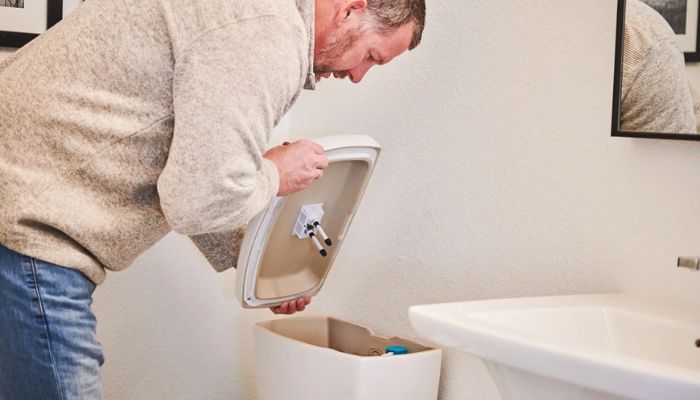
Regular Cleaning and Inspection
A clean toilet is a happy toilet. Regular cleaning not only keeps your toilet sparkling clean, but it also helps you spot potential issues before they become major problems. And the best part? It doesn’t require any fancy tools or products. All you need is a bit of time and some common household items.
In addition to cleaning the toilet bowl and seat, you should also inspect the toilet components regularly. Look for signs of wear or damage on the flapper, fill valve, and overflow tube. Regular inspection can help you catch potential issues early and prevent a running toilet.
Avoiding Harmful Chemicals
While it’s important to keep your toilet clean, it’s equally important to avoid harmful chemicals. Many commercial cleaning products contain harsh chemicals that can damage your toilet components and shorten their lifespan. Plus, they can be harmful to your health and the environment.
So what can you use instead? There are plenty of safer alternatives out there. Natural cleaning agents like baking soda, vinegar, and lemon juice are not only effective, but they’re also gentle on your toilet components. By choosing safer cleaning products, you can ensure a long-lasting and efficient toilet.
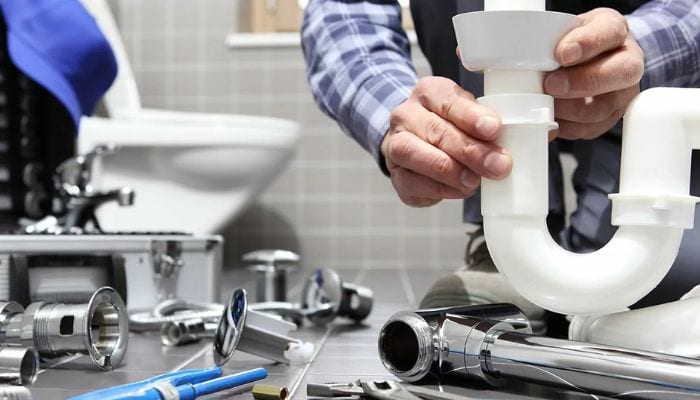
When to Seek Professional Help
While DIY toilet repairs can be rewarding, there are some situations where it’s best to call a professional. A persistent running toilet, water overflow, or complex issues that you can’t solve on your own are all signs that you need professional help. After all, there’s no shame in calling in the pros when necessary.
Wondering when you should call a plumber? The following sections will help you recognize complex issues and understand when to seek professional help. Remember, it’s better to be safe than sorry.
Recognizing Complex Issues
Complex toilet issues can be daunting. They can involve:
- Persistent clogging
- Base leaks
- Low water pressure
- Sewage odors
If you encounter any of these issues, it might be time to call a plumber.
If your toilet continues to run despite your best efforts, or if you notice water leakage, higher water bills, or slow drainage, you might have a complex issue on your hands. In such cases, it’s best to call a professional plumber for assistance. After all, the last thing you want is to cause further damage to your toilet.
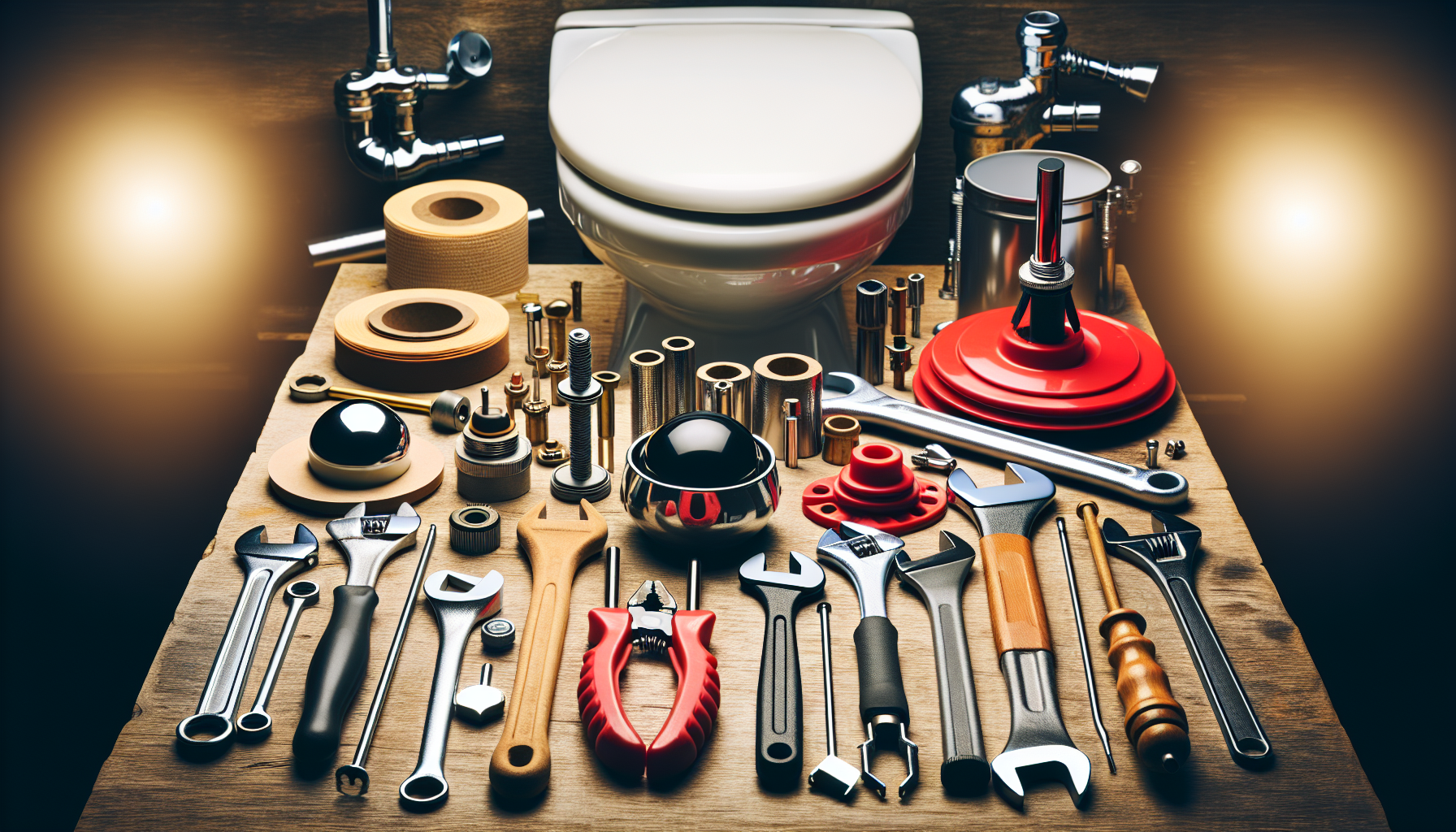
Tools and Replacement Parts You’ll Need
Before you embark on your toilet repair journey, you’ll need to gather the right tools and replacement parts. Having the right tools on hand can make the repair process smoother and more efficient. Plus, choosing high-quality replacement parts can ensure a long-lasting repair.
Now, let’s walk through the process of gathering the necessary equipment and choosing high-quality replacement parts. Have your tool belt ready and let’s begin!
Gathering the Right Equipment
As with any DIY project, having the right tools is essential for repairing a running toilet. But don’t worry, you don’t need to be a professional plumber to have these tools. Most of them are common household items that you might already have in your toolbox. Here are some tools you will need:
- Adjustable wrench
- Screwdriver
- Plunger
- Toilet auger
- Bucket
- Gloves
Having these tools on hand will make it easier for you to fix a running toilet.
The essential tools for repairing a running toilet include an adjustable wrench, a screwdriver, and possibly cutting and water-pump pliers. So check your toolbox and make sure you have these tools on hand before you start your repair project.
Selecting Quality Replacement Parts
Choosing the right replacement parts is just as important as having the right tools. The quality and compatibility of the parts can greatly affect the success of your repair project. After all, you don’t want to replace a faulty part with another faulty part.
When choosing replacement parts, consider factors like compatibility, durability, and customer reviews. Brands like Fluidmaster, Korky, Caroma, Kohler, and American Standard are known for their high-quality toilet parts. So take your time and choose your parts wisely.
Summary
You’ve made it to the end of your toilet repair journey. From diagnosing the problem to gathering the right tools and replacement parts, you’ve learned how to fix a running toilet like a pro. Now, you can enjoy the peace and quiet of a well-functioning toilet and the satisfaction of a successful DIY project. Remember, regular maintenance can prevent toilet issues and save you time and money in the long run. So keep cleaning, keep inspecting, and keep learning. Your toilet will thank you for it!
Frequently Asked Questions
How do I fix my toilet that keeps running?
Check the fill tube, float, handle, and flapper to identify the issue. If required, replace the parts of the toilet except the toilet itself to fix it from running.
How do I stop my toilet from watering?
Lower the water level in the tank, adjust the fill height by checking the float, or adjust the float cup/rod. For older toilets, bend the metal rod or float arm attached to it, and for modern toilets, push the floater clip or turn the screw of the flush rod. Doing this will stop your toilet from running.
How do I inspect the fill valve and water level?
Inspect the water level in the tank to ensure it is below the overflow tube and the top of the fill valve. If it is too high, this could indicate a faulty fill valve.
How often should I clean and inspect my toilet?
Clean your toilet at least once a week and inspect it while doing so for any potential problems.
When should I call a plumber?
If the issue persists despite your best efforts, water overflow occurs, or you encounter complex issues, it’s best to call a plumber.



